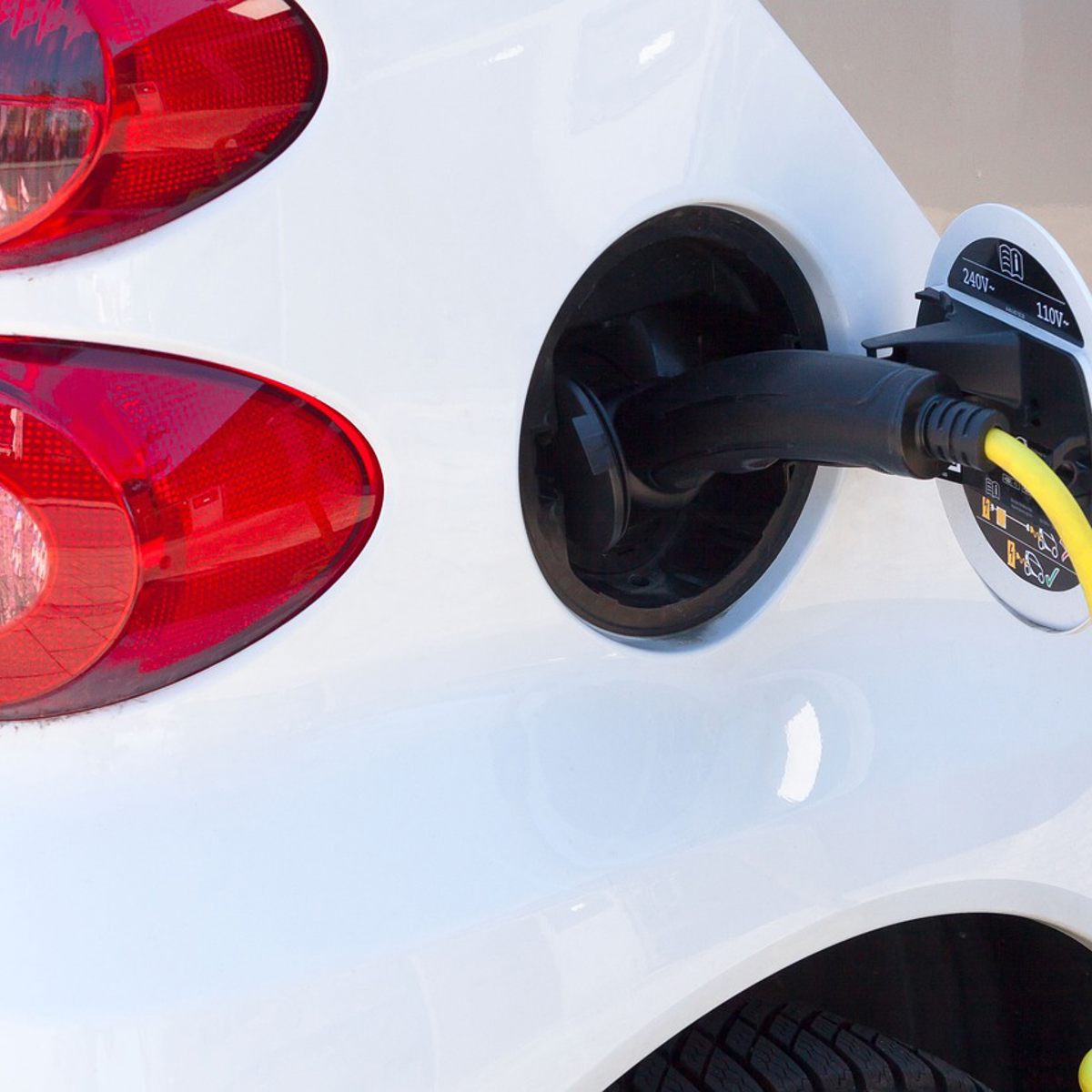

Sustainability
A sustainable ferry route
ORESUNDSLINJEN operates a sustainable ferry route, deploying state-of-the art technology to lessen the environmental impact, while constantly striving to strengthen regional integration around Oresund.
As far as back in the 1990's we began to use more pure fuel in our ferries, to reduce the emission of polluting sulphur oxid, and in 2007 we were some of the first in the world to install catalytic converters in our machines. This has nearly reduced the emission of harmful nitrogen. In 2018 we launched battery operation on our two ferries, Aurora and Tycho Brahe, which evidently was an important milestone in our history and something we are proud of. But the show must go on. The ambition is to achieve an emission-free operation by 2030, and our work towards a reduced environmental impact therefore continues diligently.
Furthermore, the ORESUNSLINJEN and ferry route contributes to the communities on both sides of Oresund, through creation of jobs and support for culture, education and business.

The journey across Oresund is also the journey towards zero-emission
Sweden's long-term climate goal is to completely cease net emissions of greenhouse gases by 2045. ORESUNDSLINJEN will achieve that goal before then.
We only have one planet, and one of the things we as a shipping company can contribute to for a sustainable world is actively taking care of the marine environment. ORESUNDSLINJEN has always been environmentally conscious, and have since 2007 complied with the emission regulations introduced in 2015. With our battery-powered ferries, we are taking a huge step forward, to ensure less emissions, smoke and noise. And we do not compromise on efficiency.
Thanks to a groundbreaking technology and our many skilled employees, the crossing will also only take 20 minutes with battery operation, just as before.
Together for a sustainable future
ORESUNDSLINJEN will contribute to the collective effort for a more sustainable world and we have since 2019 put a big focus on seven of the UN's Sustainable Development Goals. The goals have been chosen based on the areas where we can make the greatest impact. In the following link you can see our goals and how we as a company together with you as an individual can contribute to the work.


Charge your car in 20 minutes
Easy and simple to charge your car
In collaboration with the electric vehicle operator Mer, we have established Sweden's largest brand-independent charging station with fast charging capabilities. The charging station is located close to our check-in area in Helsingborg (Bredgatan 5). It consists of 5 fast charging stations with 10 charging spots. It is possible for you to charge before boarding the ferry or use the charging stations in Helsingborg.
Simply take the third exit at the traffic circle after you pass customs in Helsingborg. The charging station is located on the left side.


Get first in line
When charging at our charging stations, you will be prioritized for boarding the ferry to Helsingør. Proceed to the manual operation and show your app.
To be able to charge at the charging stations, you need to use the Mer app (available for both iOS and Android). The Price of charging your car depends on what subscription you have. You can use the app in all Mer's public charging networks in Sweden, Denmark and Germany.
Our batteries
Ground-breaking technology towards a greener journey
In 2018, battery operation was initiated on our ferries, Aurora and Tycho Brahe. With use of the latest advancements in battery and automation technology, the two older ferries were converted into some of the world's most high-tech and sustainable ferries.
A fully automatic laser-guided robot arm connects on to the ferries and charges them every time they are in port. In just 8 minutes the batteries are charged with sufficient electricity to last for a twenty minutes crossing, which ensures that the ferries can continue to maintain their very frequent timetable.
The ferries are charged with 'green electricity' from non-fossil sources such as wind, water and solar power. All direct emissions are completely eliminated with a crossing on batteries. Consequently, the direct emissions from the ferries can therefore be reduced by a total of 65%.

Frequently asked questions











